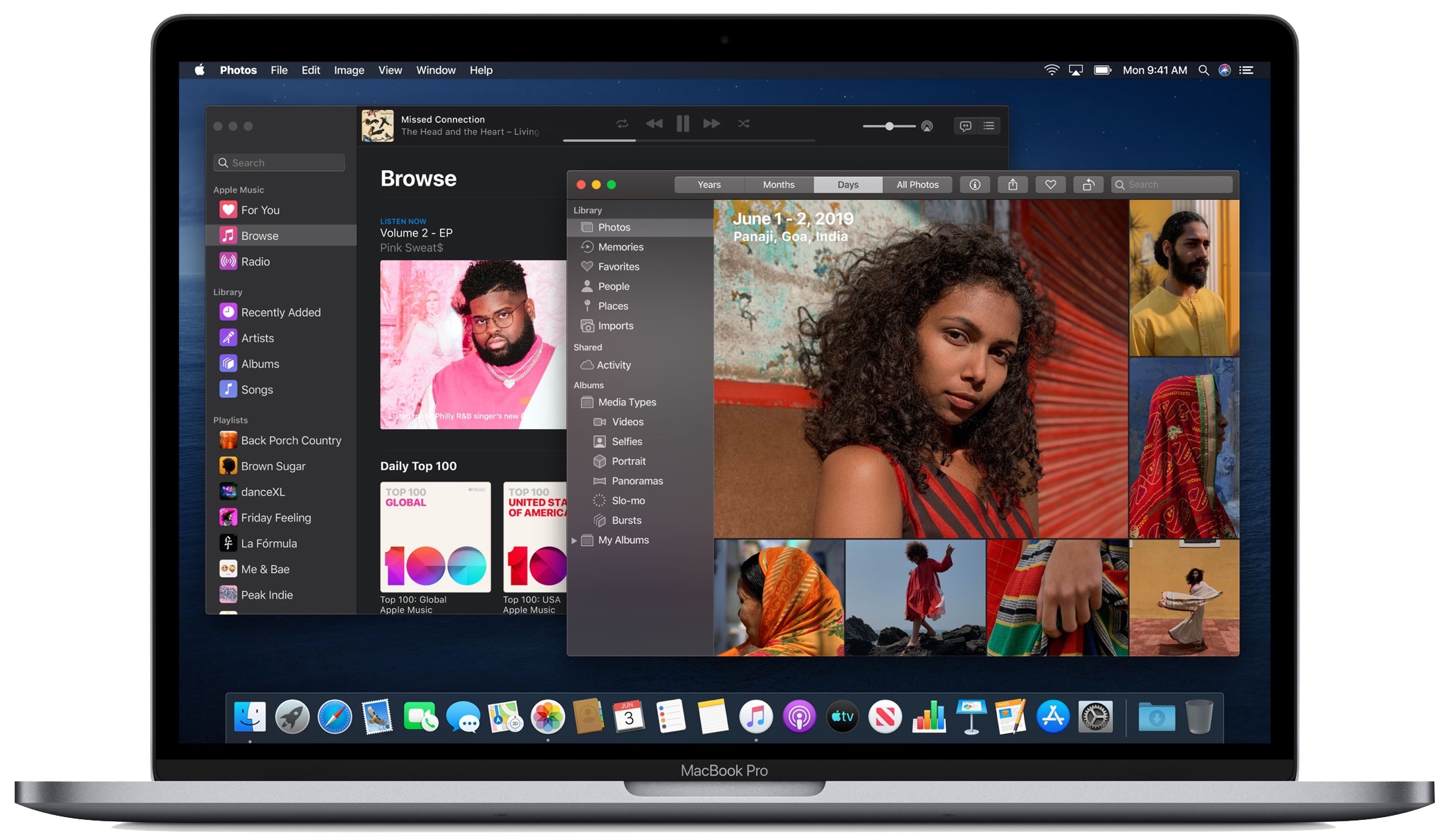Hackintosh Mojave To Catalina
Recommend switching to Docker
- Hackintosh Mojave Vs Catalina
- Hackintosh Downgrade Catalina To Mojave
- Hackintosh Mojave To Catalina Version
- Hackintosh Mojave To Catalina Converter
I finally switched to using Docker for local development on macOS. While the following tutorial works for macOS Catalina, it has limitations. I recommend following my latest tutorial on installing Apache, MySQL, and PHP on macOS using Docker.
Note: This post assumes you followed installing Apache, PHP, and MySQL on Mac OS X Mojave and have since upgraded to macOS Catalina. If you did not follow the original post, you should follow installing Apache, PHP, and MySQL on macOS Catalina.
When Mac OS X upgrades it overwrites previous configuration files. However, before doing so it will make backups. For Catalina the original versions may have a suffix of mojave or be copied to a backup folder on the Desktop. Most of the time, configuring your system after updating Mac OS X is simply a matter of comparing the new and old configurations.
Once Catalina shipped, it was clear why Nuance made their decision. I ran the upgrade wizard and within a few minutes, my Macintosh was running Mac OS 10.15 Catalina. What problems started with Catalina? Mojave was a great operating system for me. It was stable, fast, and made my mid 2014 Mac run well. All of that changed when I completed the.
This post will look at the differences in Apache, PHP, and MySQL between Mac OS X Mojave and macOS Catalina.
Updating Apache

- After Catalina is installed, you can switch between Catalina and Mojave using the Startup Disk system preference. Here’s how: 1) Click the Apple menu. 2) Select System Preferences. 3) Click Startup Disk. 4) Click the padlock icon in the lower left corner of the window to unlock the settings. Enter your system password and click Unlock.
- Today I got update notification about the new MacOS Catalina. So i successfully upgraded my hackintosh Mojave to Catalina. Everything is working perfectly an.
- CLOVER Specifications: Intel 6th generation Core i5-6200U 2.3 GHz, up to 2.8 GHz with Intel Turbo Boost Technology, 3 MB cache, 2 cores Integrated Intel HD Graphics 520 Non touch 35.6 cm (14 in) diagonal LED backlight FHD Slim eDP SVA Anti-glare (1920 x 1080) with camera System can be configured.
- Hackintosh Mojave Upgrade To Catalina Bay MultiBeast, the ultimate post-installation utility, has been updated to version 12.3.0 for macOS Catalina 10.15.5+. MultiBeast is an all-in-one post-installation utility designed to enable boot from a hard drive.
Mac OS X Mojave and macOS Catalina both come with Apache pre-installed. As noted above, your Apache configuration file is overwritten me when you upgrade to macOS Catalina.
There were a few differences in the configuration files. However, since both Mojave and Catalina run Apache 2.4, you could simply backup the configuration file from Catalina and overwrite it with your Mojave version.
However, I encourage you to stay up-to-date. As such, you should take the time to update Catalina's Apache configuration. First, create a backup and compare the two configuration files for differences.
Now edit the Apache configuration. Feel free to use a different editor if you are not familiar with vi.
Uncomment the following line (remove #):
In addition, uncomment or add any lines you noticed from the diff above that may be needed. For example, I uncommented the following lines:
Hackintosh Mojave Vs Catalina
Finally, I cleaned up some of the backups that were created during the macOS Catalina upgrade. This will help avoid confusion in the future.
Note: These files were not changed between versions. However, if you changed them, you should compare the files before running the commands.
Restart Apache:
Updating PHP
Mac OS X Mojave came with PHP version 7.1 pre-installed. This PHP version has reached its end of life. macOS Catalina comes with PHP 7.3 pre-installed. If you added any extensions to PHP you will need to recompile them.
Hackintosh Downgrade Catalina To Mojave
Also, if you changed the core PHP INI file it will have been overwritten when upgrading to macOS Catalina. You can compare the two files by running the following command:
Note: Your original file may note be named something else. You can see which PHP core files exist by running ls /etc/php.ini*.
I would encourage you not to change the PHP INI file directly. Instead, you should overwrite PHP configurations in a custom PHP INI file. This will prevent Mac OS X upgrades from overwriting your PHP configuration in the future. To determine the right path to add your custom PHP INI, run the following command:
Note: It appears Catalina does not include the PHP Zip extension. This is a popular extension used by many packages. This was one of the reasons I switched to using Docker.
Updating MySQL
Hackintosh Mojave To Catalina Version
MySQL is not pre-installed with Mac OS X. It is something you downloaded when following the original post. As such, the macOS Catalina upgrade should not have changed your MySQL configuration.
Hackintosh Mojave To Catalina Converter
Find this interesting? Let's continue the conversation on Twitter.